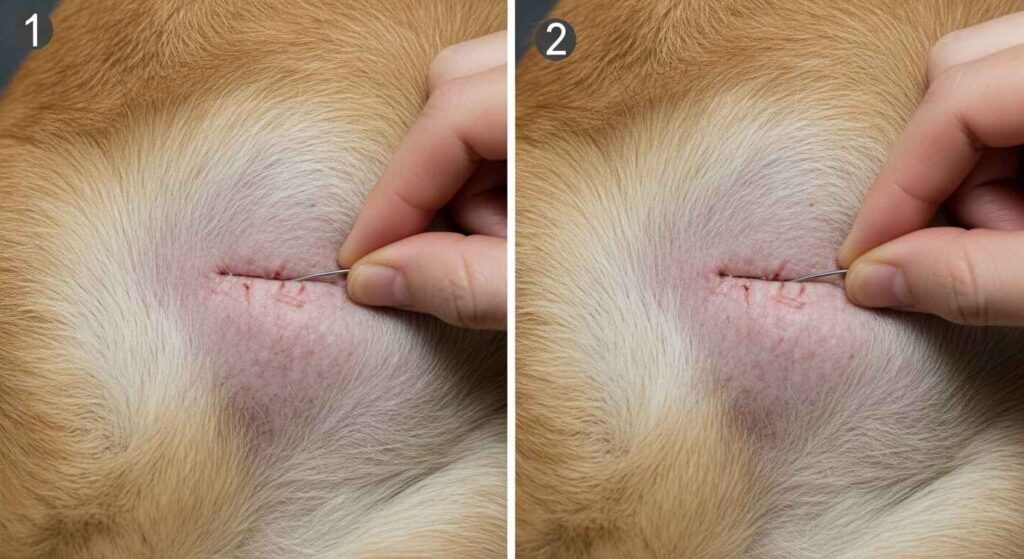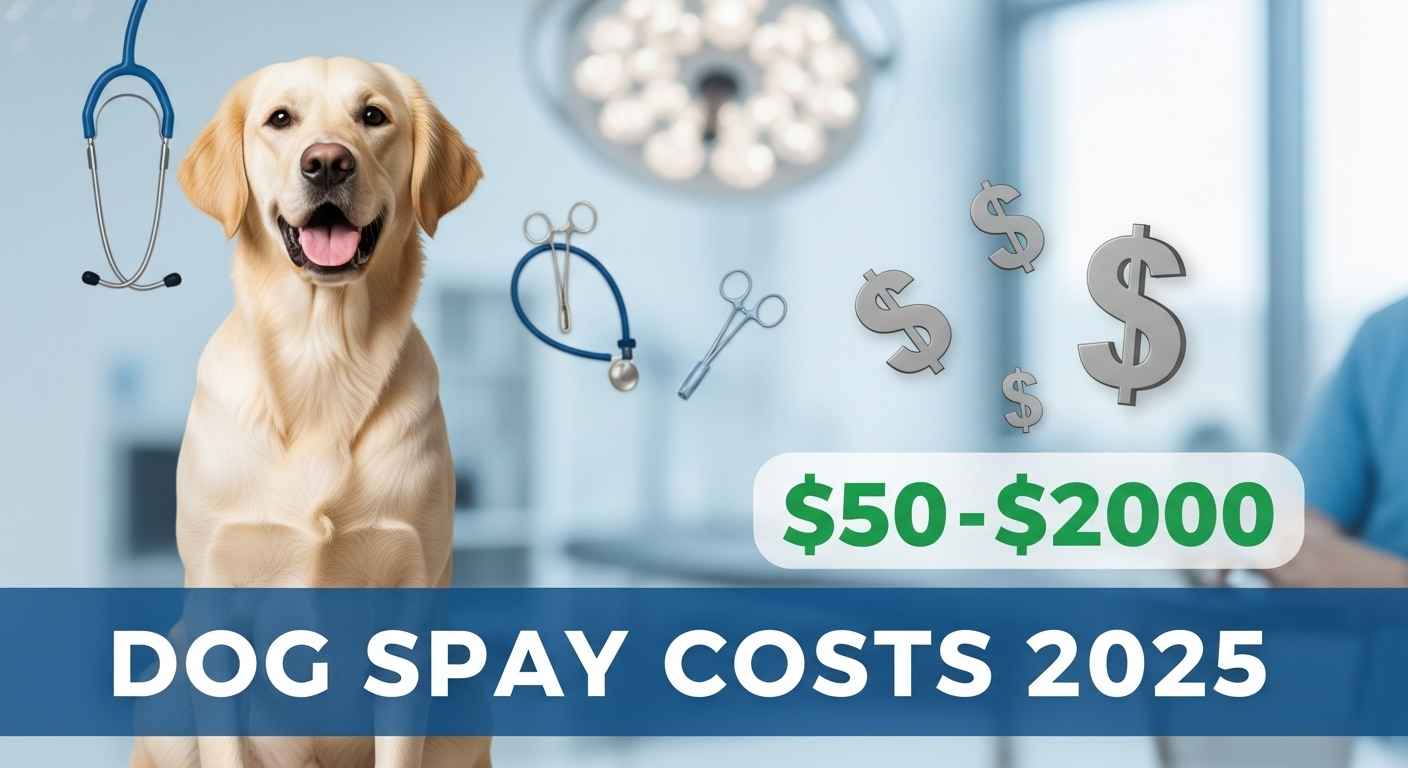Spaying your dog prevents unwanted litters and reduces health risks. Many pet owners want to know the cost. Prices vary based on several factors. This guide explains average costs, what affects them, and ways to save. Read on for clear, up-to-date information.
What Is Spaying a Dog?
Spaying is a surgery for female dogs. It removes the ovaries and uterus. Vets call it an ovariohysterectomy. The procedure stops pregnancy and ends heat cycles. Dogs go under anesthesia. The surgery takes 20 to 90 minutes. Vets make a small belly incision and close it with stitches. Most dogs go home the same day.
Spaying differs from neutering. Neutering is for male dogs and removes the testicles. It’s less invasive and quicker.

Average Cost to Spay a Dog
Spaying a dog costs $50 to $2,000. Most owners pay $250 to $600. Low-cost clinics charge $50 to $300. Private vets often ask $400 to $700 or more.
Here’s a breakdown by clinic type:
- Low-cost or nonprofit: $50–$300
- Shelter or humane society: $100–$250
- Private vet office: $250–$700
- Specialty hospital: $500–$2,000
Prices usually include surgery, anesthesia, and basic pain meds. Extra tests or services add to the bill.
Factors That Affect Spay Costs
Several factors change the price. Dog size is key. Bigger dogs need more anesthesia, raising costs by $20 to $50. Age matters too. Puppies are cheaper to spay. Older dogs may need blood tests, adding $80 to $200.
Location impacts fees. Urban clinics charge more due to high rent. Rural areas often cost less. Clinic type sets the base price. Nonprofits use grants to lower fees.
Health conditions increase costs. If your dog is in heat, add $50 to $150. Pregnancy complicates surgery, adding $80 to $255. Obese dogs may face extra charges. Flat-faced breeds like pugs need special care, adding $50 to $120.
Ask what’s included. Some clinics cover pain meds and follow-ups. Others charge extra.
Benefits of Spaying Your Dog
Spaying improves health. It lowers mammary cancer risk. It prevents pyometra, a dangerous uterus infection. Behavior gets better. No heat cycles mean less roaming or yowling. Your dog stays calmer.
It helps reduce pet overpopulation. Fewer strays end up in shelters. Spayed dogs may live longer, often by one to three years.
Check our pet symptom checker if you notice health changes post-surgery.
When Should You Spay Your Dog?
Timing depends on breed and size. Small dogs are spayed at 5 to 6 months, before their first heat. Large breeds wait until 12 to 18 months for proper growth. Consult your vet for the best time. Early spaying cuts cancer risks. Later spaying helps joints develop.
Use our pet age calculator to track your dog’s growth stage.
Low-Cost Spay Options
If costs are a concern, look for affordable options. Humane societies offer clinics starting at $50. ASPCA and similar groups provide vouchers. Pet stores like PetSmart have in-store vets with fees from $100 to $300. Some cities offer discounts for low-income owners.
Search “low-cost spay near me” or call shelters for events. Rescues often include spaying in adoption fees. Pet insurance with a wellness plan may cover up to $250.
What to Expect During Recovery
Recovery takes 10 to 14 days. Keep your dog calm. Avoid running or jumping. Watch the incision for swelling or discharge. Use a cone to prevent licking, costing $10 to $40. Follow pain med instructions.
See our post on what can I give my dog for pain for safe options. Most dogs eat and play within days.

Common Questions About Spaying Dogs
Is Spaying More Expensive Than Neutering?
Yes. Spaying involves a belly incision, making it pricier. Neutering is simpler.
Does Spaying Change My Dog’s Personality?
No major changes. It reduces heat-related behaviors. Your dog’s core personality stays.
Can Dogs Get Spayed While in Heat?
Yes, but it costs more. Vets may wait if possible due to higher risks.
What Fruits Can Dogs Eat After Surgery?
Soft fruits aid recovery. Try bananas or watermelon. Read our guide on what fruits can dogs eat for safe picks.
How to Prevent Common Dog Health Issues?
Spaying prevents some problems. Learn more in common dog owner mistakes.
Are There Risks to Spaying?
Risks are low. Anesthesia complications are rare. Benefits usually outweigh risks.
Try our pet breed finder quiz for breed-specific advice.
Spaying is a wise choice. It saves on future health costs and helps your dog live better. Plan ahead, compare prices, and talk to your vet for the best option.
